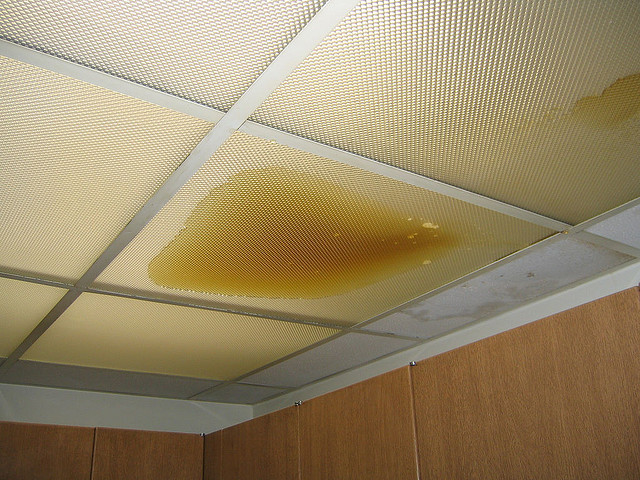How to Check If Your Residence Has a Concealed Leak
How to Check If Your Residence Has a Concealed Leak
Blog Article
We have come across this great article on Hacks to detect leaks directly below on the web and believe it made sense to write about it with you here.

Early discovery of dripping water lines can reduce a prospective calamity. Some small water leaks may not be noticeable.
1. Examine the Water Meter
Every house has a water meter. Checking it is a surefire manner in which aids you find leaks. For starters, turn off all the water resources. Guarantee no person will purge, use the tap, shower, run the washing equipment or dishwashing machine. From there, most likely to the meter as well as watch if it will certainly change. Because no person is using it, there must be no movements. That shows a fast-moving leak if it moves. If you spot no modifications, wait a hr or 2 and also check back once again. This indicates you might have a slow leak that might also be below ground.
2. Inspect Water Usage
Analyze your water costs and track your water consumption. As the one paying it, you ought to discover if there are any kind of inconsistencies. If you find sudden changes, regardless of your consumption coinciding, it means that you have leakages in your plumbing system. Bear in mind, your water costs should drop under the exact same range every month. An abrupt spike in your costs shows a fast-moving leakage.
On the other hand, a constant rise on a monthly basis, despite having the very same routines, reveals you have a sluggish leak that's likewise slowly escalating. Call a plumber to extensively inspect your building, specifically if you really feel a warm area on your flooring with piping below.
3. Do a Food Coloring Examination
When it comes to water usage, 30% comes from bathrooms. If the color in some way infiltrates your dish during that time without flushing, there's a leakage in between the tank and also dish.
4. Asses Exterior Lines
Do not neglect to check your outdoor water lines as well. Needs to water seep out of the connection, you have a loose rubber gasket. One little leakage can squander bunches of water and surge your water expense.
5. Assess the situation as well as check
Homeowners should make it a practice to inspect under the sink counters and also also inside cabinets for any bad odor or mold growth. These 2 warnings show a leakage so punctual attention is called for. Doing regular inspections, even bi-annually, can save you from a major problem.
Check for stainings and also deteriorating as a lot of pipes and home appliances have a life expectations. If you presume leaking water lines in your plumbing system, don't wait for it to rise.
Early discovery of leaking water lines can mitigate a possible catastrophe. Some tiny water leaks might not be visible. Checking it is a guaranteed way that aids you find leaks. One little leak can waste bunches of water as well as spike your water costs.
If you presume leaking water lines in your plumbing system, do not wait for it to intensify.
WARNING SIGNS OF WATER LEAKAGE BEHIND THE WALL
PERSISTENT MUSTY ODORS
As water slowly drips from a leaky pipe inside the wall, flooring and sheetrock stay damp and develop an odor similar to wet cardboard. It generates a musty smell that can help you find hidden leaks.
MOLD IN UNUSUAL AREAS
Mold usually grows in wet areas like kitchens, baths and laundry rooms. If you spot the stuff on walls or baseboards in other rooms of the house, it’s a good indicator of undetected water leaks.
STAINS THAT GROW
When mold thrives around a leaky pipe, it sometimes takes hold on the inside surface of the affected wall. A growing stain on otherwise clean sheetrock is often your sign of a hidden plumbing problem.
PEELING OR BUBBLING WALLPAPER / PAINT
This clue is easy to miss in rooms that don’t get much use. When you see wallpaper separating along seams or paint bubbling or flaking off the wall, blame sheetrock that stays wet because of an undetected leak.
BUCKLED CEILINGS AND STAINED FLOORS
If ceilings or floors in bathrooms, kitchens or laundry areas develop structural problems, don’t rule out constant damp inside the walls. Wet sheetrock can affect adjacent framing, flooring and ceilings.
https://www.servicemasterbyzaba.com/blog/how-to-detect-water-leakage-in-walls/

I discovered that content on Locating water leaks while doing a search on the internet. Are you aware of another individual who is very much interested in the niche? Feel free to share it. Thank you for your time invested reading it.
Report this page